High blood pressure—also known as hypertension—is one of the most widespread yet preventable health issues today. Often called the “silent killer,” it can quietly damage your heart, arteries, kidneys, and brain long before symptoms ever appear. While medication plays a role in managing the condition, diet is arguably one of the most powerful tools at your disposal. What you choose to put on your plate—or avoid—can make a significant difference in controlling your numbers and reducing long-term risk.
Surprisingly, many foods we consider routine or even healthy are quietly contributing to elevated blood pressure. From condiments and cereals to frozen meals and snack bars, today’s grocery store shelves are full of hidden sodium, added sugars, and unhealthy fats. Even items marketed as “low fat” or “natural” can be loaded with ingredients that increase vascular inflammation and make your heart work overtime. And it’s not always about what you eat in large quantities—some of the worst offenders are things we consume every day in small, seemingly harmless amounts.
This guide highlights 33 common foods that health professionals recommend cutting or significantly limiting if you’re serious about managing hypertension. These items span every meal and snack—from breakfast staples to dinnertime sides and even the condiments in your fridge. Some of them might surprise you, others you’ve likely suspected—but all are worth reconsidering if heart health is your goal.
By becoming more aware of these foods and replacing them with smarter, more heart-conscious options, you can take real, measurable steps toward better blood pressure control. It’s not about deprivation—it’s about smarter decisions that support a longer, healthier life. Read on to see which everyday foods could be working against you—and what to reach for instead.
1. Sugary Cereals
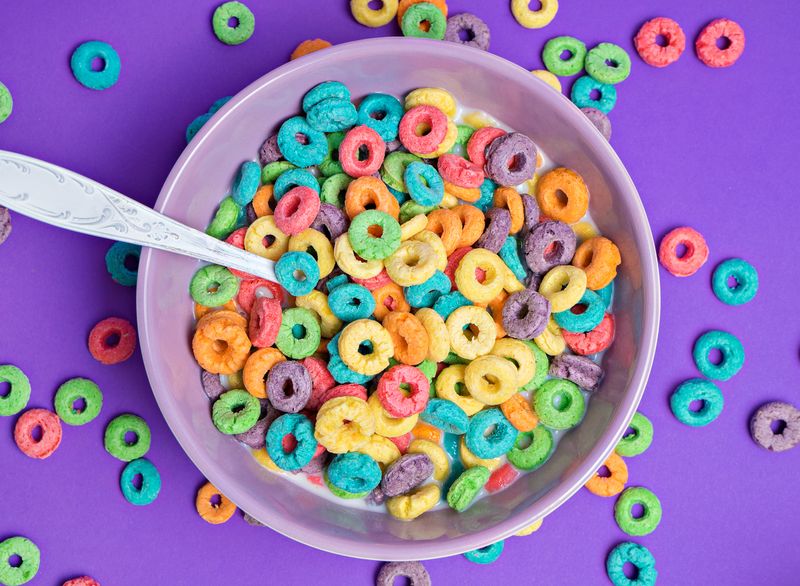
Mornings may feel easier with a quick bowl of cereal, but many popular brands are packed with added sugars and refined grains that provide little nutritional value. These sweetened cereals cause blood sugar to spike and crash, putting extra pressure on your cardiovascular system.
Even those labeled “whole grain” or “low fat” can hide excessive sugar, often masked by natural-sounding names like “evaporated cane juice” or “honey blend.” The result? A surge in insulin and a potential increase in blood pressure.
Over time, starting your day with sugar-laden cereals can contribute to weight gain and metabolic issues. Switching to high-fiber oats or unsweetened whole grains gives your heart a much better head start.
2. Frozen Meals
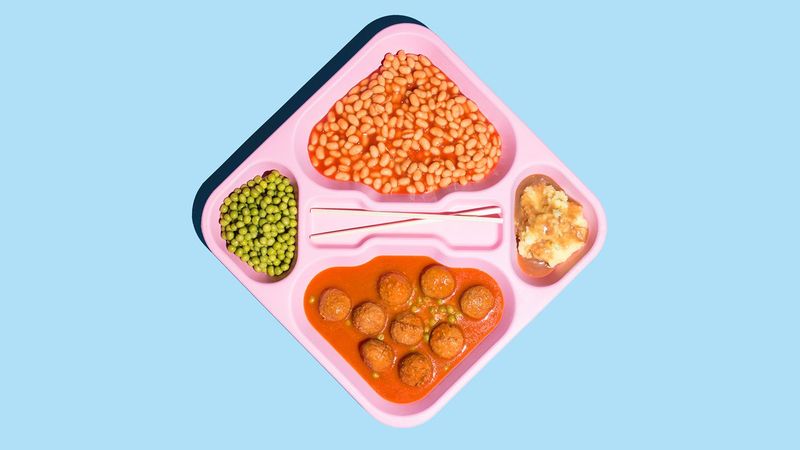
The convenience of frozen dinners makes them tempting, but they often come at a nutritional cost. These pre-packaged meals typically contain preservatives and high levels of sodium, which are used to enhance flavor and shelf life. Just one tray can easily push you over your daily salt limit.
Many frozen meals are low in fiber and high in refined carbs, leaving you unsatisfied and prone to overeating later. Excess sodium leads to water retention, which increases blood volume and makes your heart work harder.
Instead of relying on store-bought frozen entrees, consider meal prepping healthier options in advance with lean proteins and vegetables.
3. Salt-Heavy Snacks
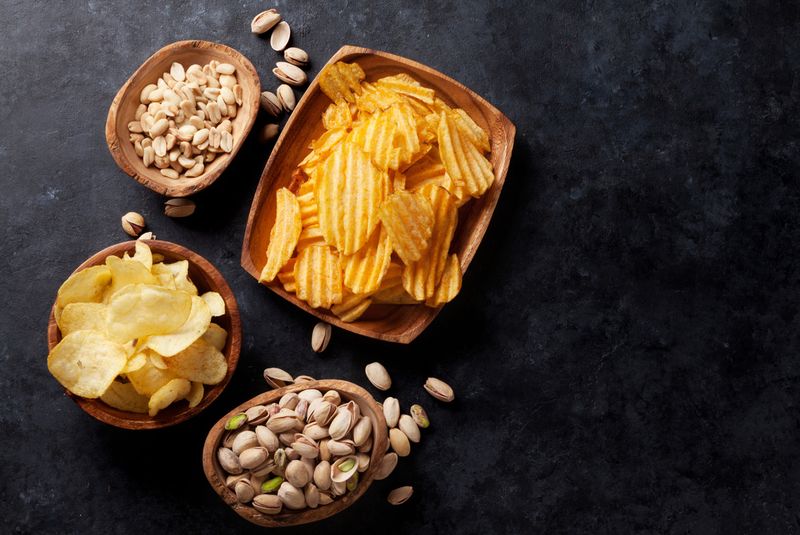
Reaching for chips or crackers during snack time may seem harmless, but most are loaded with sodium. Manufacturers often use salt not only for flavor, but also to preserve crunch and shelf life.
This sodium overload can raise your blood pressure quickly, especially when consumed regularly. Salt also promotes fluid retention, which forces your blood vessels to constrict and elevates pressure on your cardiovascular system.
Snacking smarter with low-sodium nuts, fresh vegetables, or air-popped popcorn allows you to satisfy cravings without spiking your blood pressure. Always check labels—even a handful of pretzels can pack a surprising sodium punch.
4. Processed Meats
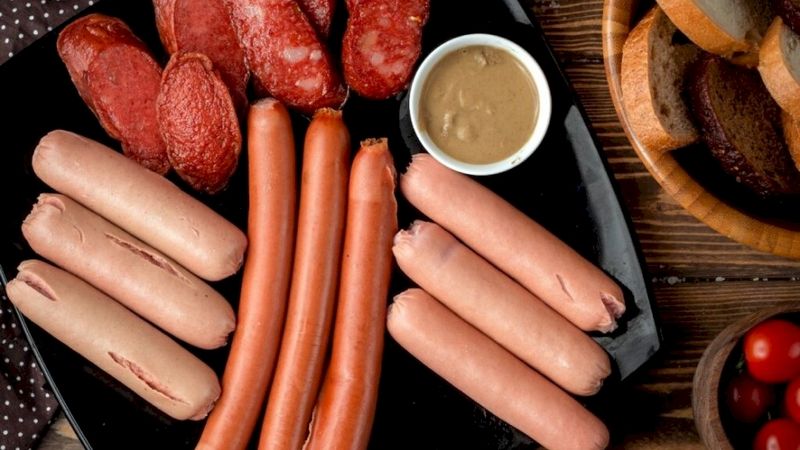
Sliced deli meats like ham, salami, and turkey may be lunchtime staples, but they’re among the worst offenders for hidden sodium. Curing, seasoning, and preserving processes load them with salt and chemicals like nitrates.
Even “low-fat” versions can contain more than half of your recommended daily sodium in a single serving. Over time, this can damage blood vessels and strain your heart.
Swapping out deli meats for grilled chicken, tuna, or hummus on whole-grain bread offers a far healthier choice. Minimally processed proteins help you stay full and protect your heart at the same time.
5. Margarine
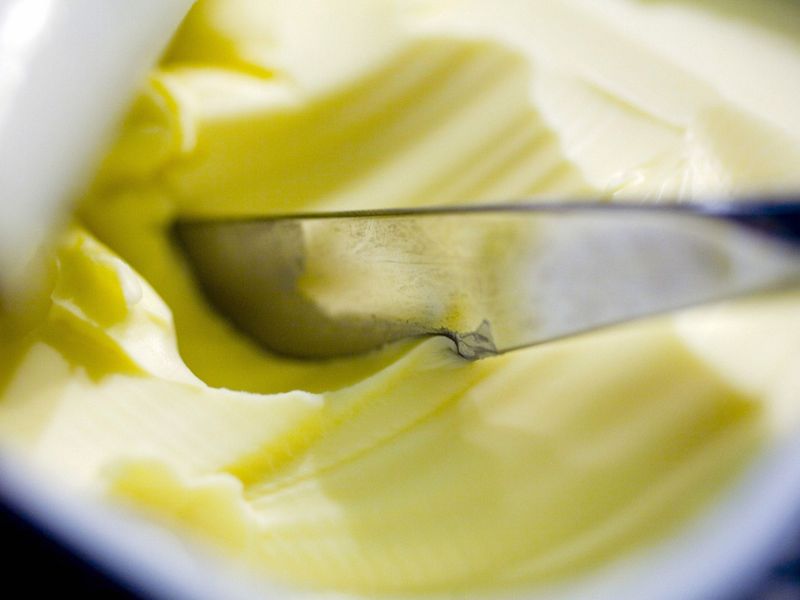
Originally marketed as a healthier alternative to butter, margarine—especially in stick form—has proven to be a poor choice for heart health. Many brands still contain trans fats, which are known to raise bad cholesterol and lower good cholesterol.
Trans fats also stiffen arteries and increase inflammation, both of which are major contributors to high blood pressure. Even small daily amounts can compound the problem over time.
For cooking and spreading, consider healthier fats like olive oil or avocado. These alternatives contain heart-healthy monounsaturated fats that help manage blood pressure more effectively without compromising flavor.
6. Full-Fat Dairy
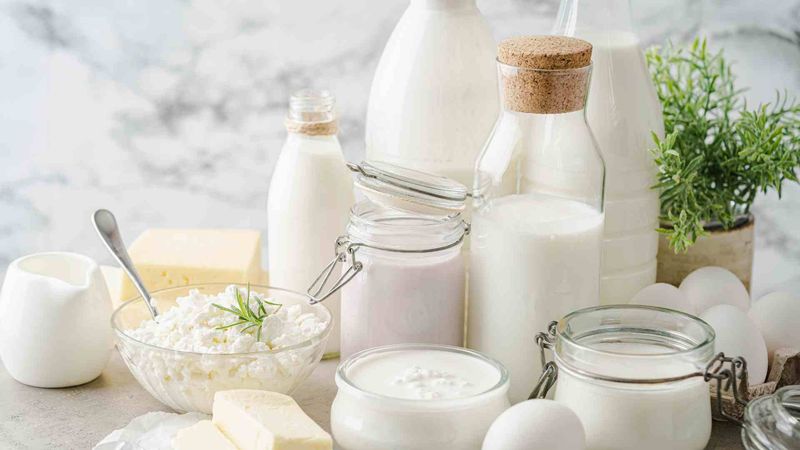
Creamy whole milk, full-fat cheese, and rich yogurts might taste indulgent, but they come with a heavy dose of saturated fat. This type of fat can raise LDL cholesterol and contribute to arterial plaque buildup.
Narrowed arteries reduce the space for blood to flow, forcing your heart to pump harder and increasing blood pressure. These effects are especially concerning when combined with other high-fat foods.
Opting for low-fat or plant-based dairy alternatives can reduce your saturated fat intake without sacrificing taste. Almond milk, low-fat Greek yogurt, or cashew cheese are flavorful swaps that protect your heart.
7. Sugary Desserts
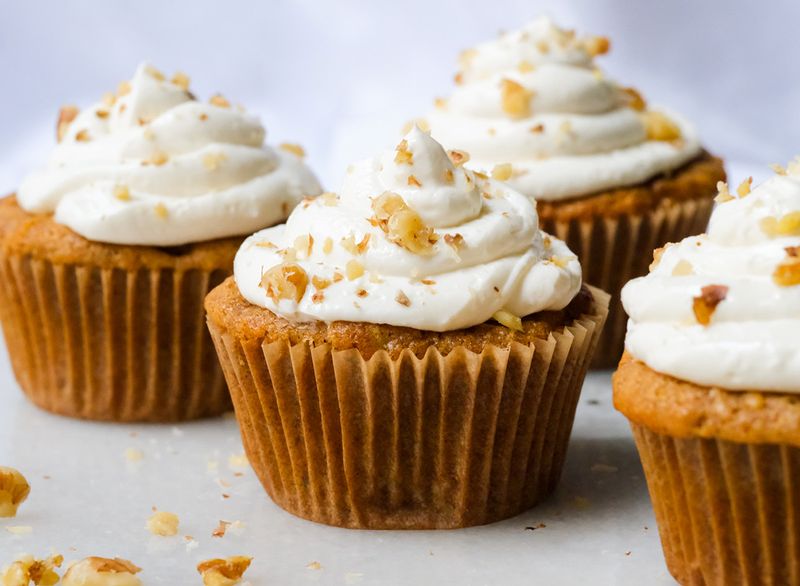
Finishing a meal with cake, cookies, or a slice of pie can lead to more than just a sugar rush. These desserts spike blood glucose levels and encourage insulin resistance over time.
Elevated blood sugar causes oxidative stress and inflammation in blood vessels, which can contribute to rising blood pressure. The combination of sugar and fat also promotes weight gain—a major hypertension risk factor.
Reserving sweets for special occasions and turning to fruit-based treats or dark chocolate in moderation can satisfy cravings while helping to keep your blood pressure in check.
8. Alcoholic Beverages

Happy hour might lift your mood, but regular alcohol intake can do the opposite for your blood pressure. Alcohol stimulates your nervous system, increasing heart rate and tightening blood vessels.
Over time, excessive drinking weakens your heart muscle and disrupts liver function, both of which influence blood pressure regulation. Even moderate drinking can interfere with medications for hypertension.
Choosing mocktails, sparkling water with citrus, or alternating alcohol with water can reduce overall intake. If you drink, do so in moderation—no more than one drink daily for women and two for men, according to health guidelines.
9. Fast Food
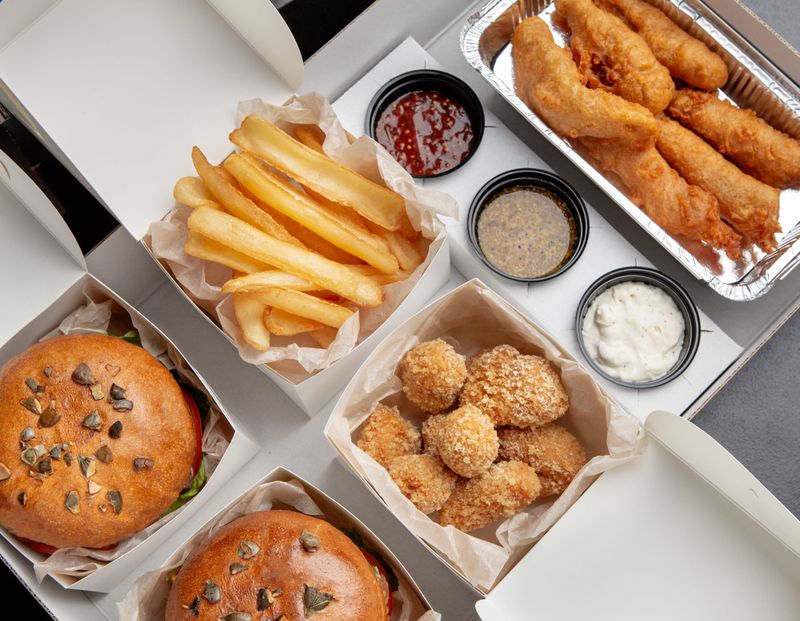
Grabbing a quick bite from your favorite drive-thru may be convenient, but fast food meals are typically overloaded with sodium, fat, and sugar. This triple threat wreaks havoc on your blood pressure.
From burgers and fries to fried chicken and tacos, these meals are often cooked in oils high in trans or saturated fats. Add in oversized portions and sugary drinks, and it’s a recipe for hypertension.
Preparing meals at home using whole ingredients lets you control the salt and fat content. Even small swaps—like baking instead of frying—can make a big impact on your heart health.
10. Sodas
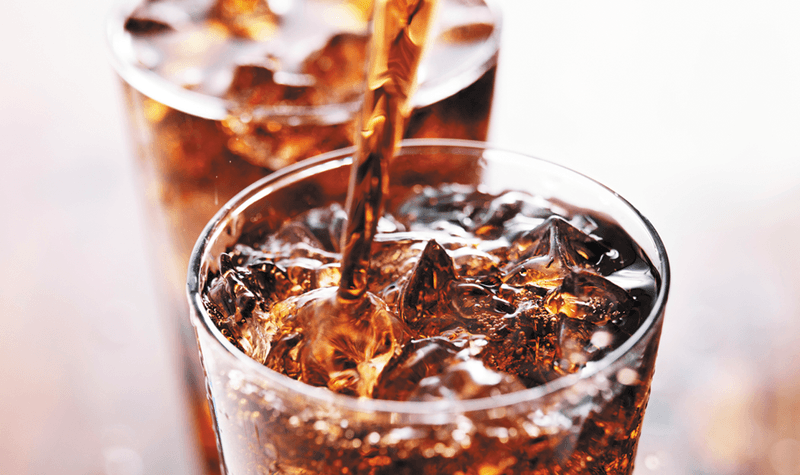
Few drinks do more damage to your blood pressure than sugary sodas. Just one can contains over 30 grams of sugar, which rapidly enters your bloodstream and causes insulin and pressure spikes.
Regular soda consumption also contributes to weight gain, metabolic syndrome, and type 2 diabetes—all of which increase your risk for hypertension. Diet sodas may seem safer, but research suggests artificial sweeteners may also affect vascular health.
Staying hydrated with water, herbal teas, or naturally flavored sparkling water keeps your thirst quenched without the blood pressure-raising side effects of soft drinks.
11. Canned Soups
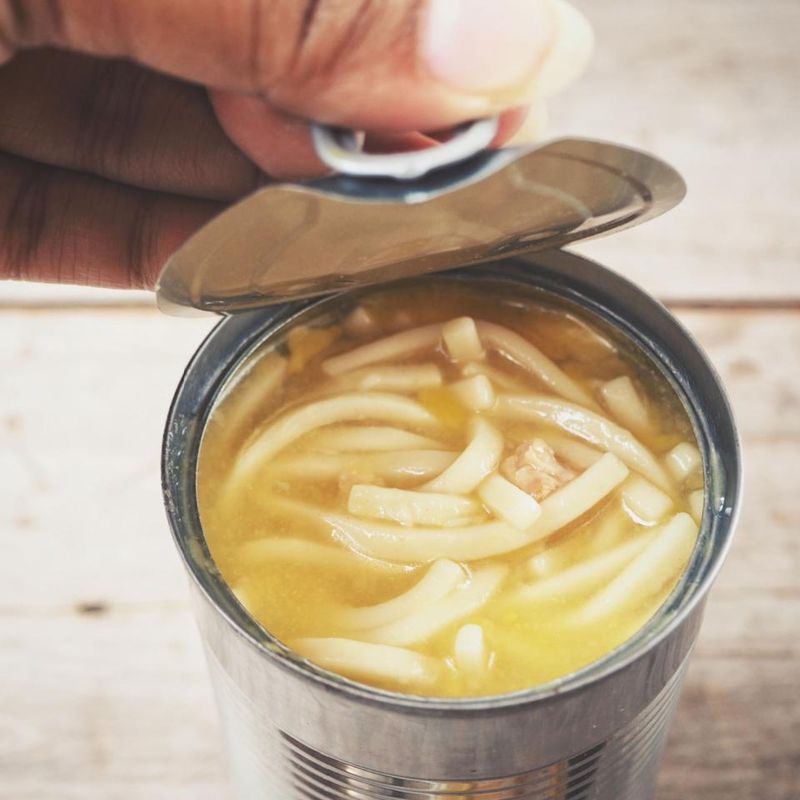
Canned soups are a go-to comfort food, especially in colder months, but many varieties hide extreme amounts of sodium. One bowl can contain more than half of your daily salt allowance.
Even brands labeled “low sodium” can be deceptive—watch for portion sizes and additional salty ingredients like broths or flavor packets. Sodium in these soups can quickly elevate blood pressure and cause fluid retention.
Making homemade soups from scratch using herbs, lean proteins, and fresh veggies is a much healthier alternative. Freeze leftovers for convenience without compromising your heart health.
12. Cheese Products
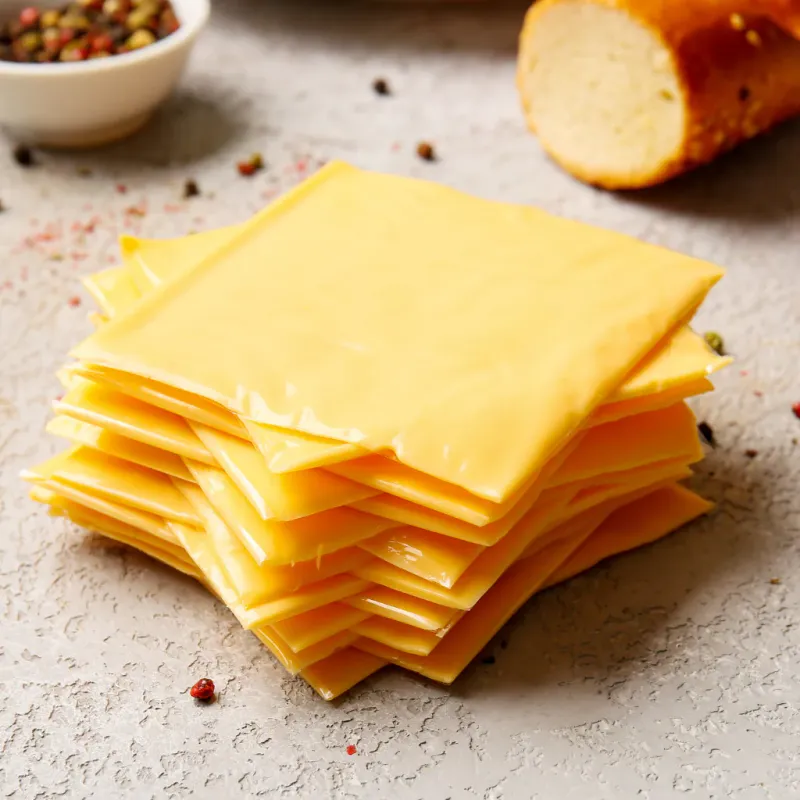
Cheese may be delicious, but it’s often a salty, fatty trap for anyone managing blood pressure. Processed varieties like American cheese and cheese spreads are especially high in sodium and saturated fat.
These fats can raise LDL cholesterol, while excess salt makes the heart work harder to pump blood. Over time, even moderate cheese consumption can contribute to plaque buildup in arteries.
Choosing low-sodium options or using cheese as a garnish rather than the star can help. Feta, ricotta, and fresh mozzarella are lighter picks—just watch the portion size and frequency.
13. Coffee
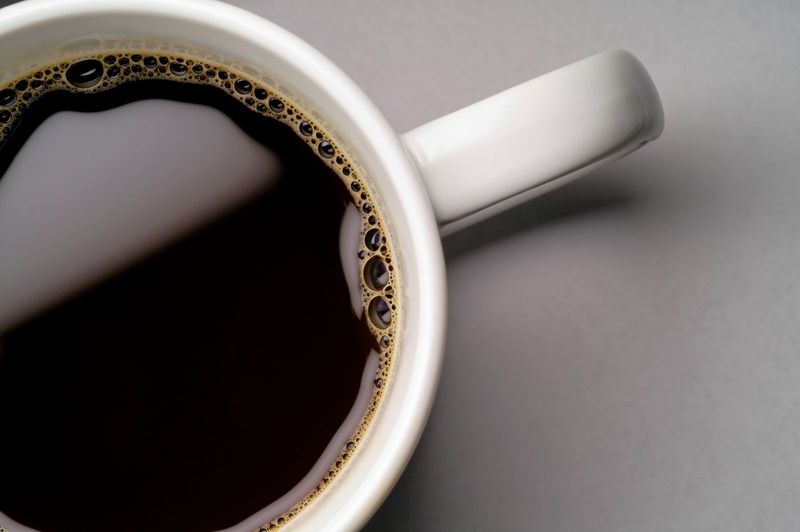
Your daily cup of joe might give you a morning boost, but too much caffeine can lead to short-term blood pressure spikes. This is particularly true in people already sensitive to caffeine.
Caffeine narrows blood vessels temporarily and stimulates the release of stress hormones like adrenaline, which elevates heart rate and pressure. Though effects vary, excessive intake is risky for hypertensive individuals.
If you enjoy coffee, try limiting it to one or two cups daily and skip sugar-laden add-ins. Herbal teas or decaf versions can also offer a warm, comforting swap.
14. Baked Goods
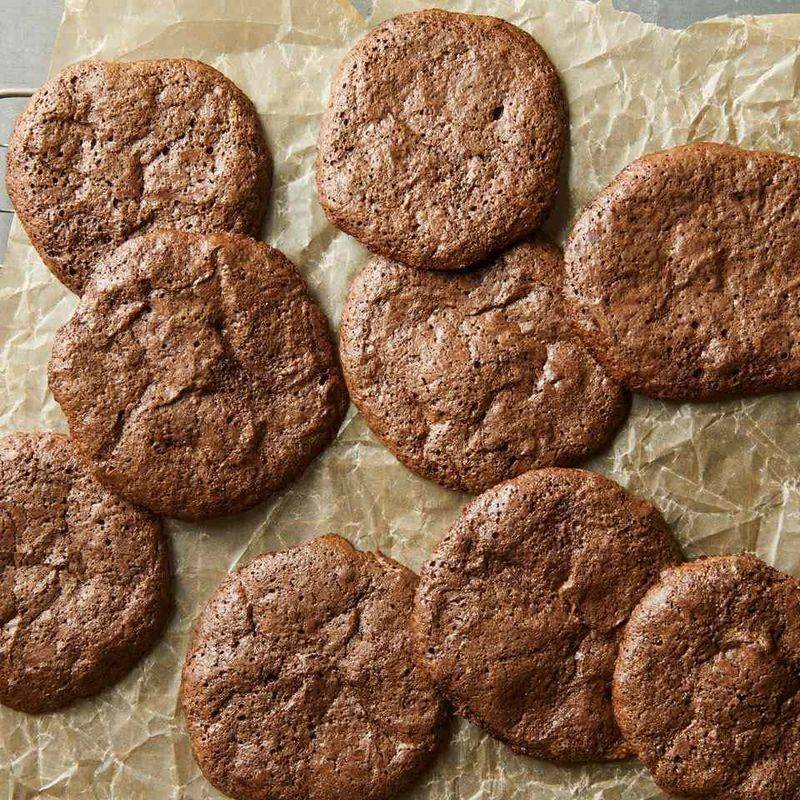
A fluffy muffin or buttery croissant may seem like a harmless indulgence, but baked goods are often packed with sugar, sodium, and unhealthy fats. Most are made with refined flour, which breaks down quickly and spikes blood sugar.
The combination of simple carbs, saturated fats, and preservatives contributes to arterial inflammation and stiffness. Eating these treats regularly also promotes weight gain, a major driver of high blood pressure.
Healthier options include homemade baked goods using whole grains, natural sweeteners like honey or applesauce, and heart-healthy oils. You’ll still satisfy cravings—without the cardiovascular consequences.
15. Candies
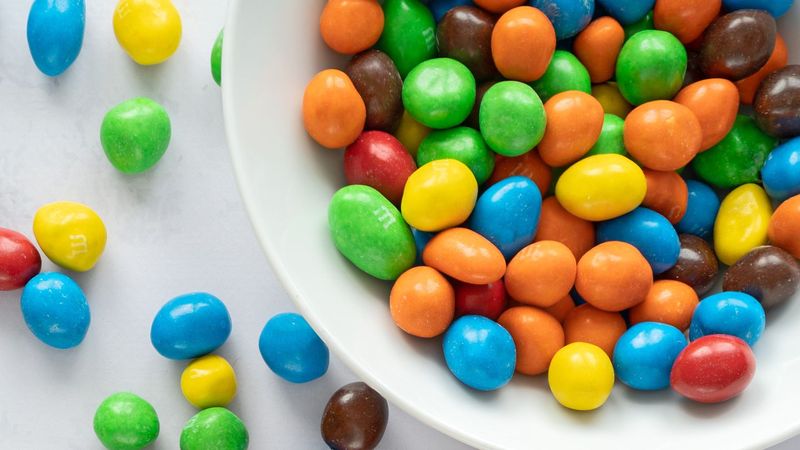
Colorful, bite-sized candies are convenient, but they’re essentially pure sugar with no fiber or nutrients. Consuming these treats can trigger rapid blood sugar spikes that stress your body’s insulin response.
Over time, this cycle increases the risk of metabolic syndrome and hypertension. The sugar also fuels systemic inflammation that can stiffen blood vessels and impair circulation.
Opting for natural sweetness—like dried fruit, dates, or small portions of dark chocolate—can help satisfy your sweet tooth without pushing your blood pressure in the wrong direction. Even better, these options often include antioxidants that support heart health.
16. Red Meat
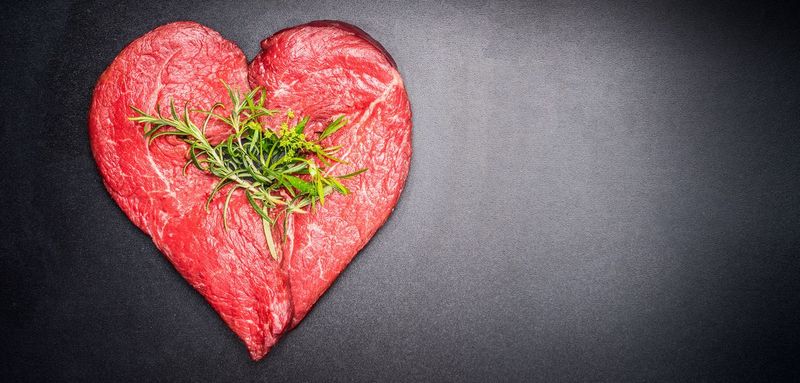
Steaks, burgers, and ribs might be dinner favorites, but red meat is one of the top sources of saturated fat in the American diet. This fat raises LDL cholesterol, contributing to plaque buildup in your arteries.
When blood flow is restricted, your heart must work harder, leading to higher blood pressure over time. The effect worsens with processed red meats, which are also full of sodium and chemical preservatives.
If you’re not ready to go meatless, aim for leaner cuts like sirloin and limit portions. Better still, substitute plant-based proteins, poultry, or fatty fish like salmon when possible.
17. Fried Foods
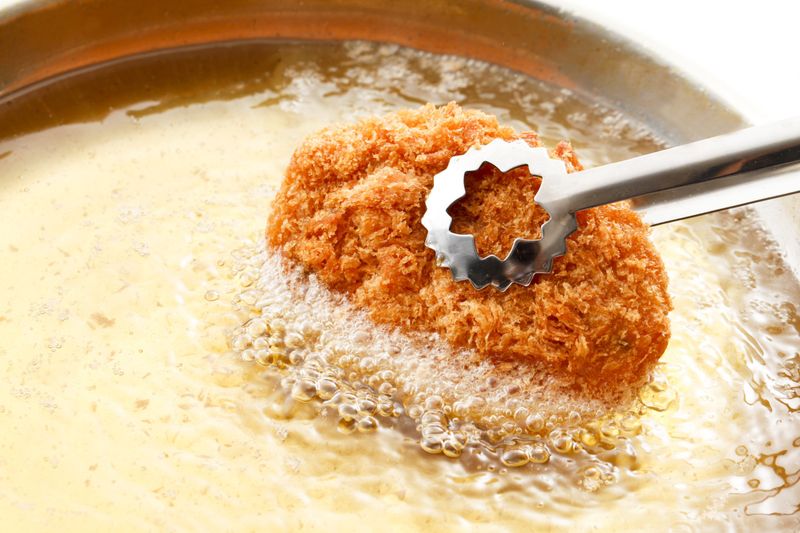
From crispy fries to golden fried chicken, these comfort foods are typically cooked in oils high in trans fats. Deep-frying significantly increases calorie and fat content, both of which contribute to hypertension.
These fats promote chronic inflammation and can narrow arteries, placing stress on your heart and vascular system. Portion sizes are often large, making overconsumption easy.
For a healthier crunch, try oven-baking or air-frying with minimal oil. Using whole ingredients and heart-healthy oils can help you recreate texture and flavor—without putting your blood pressure at risk.
18. Store-Bought BBQ Sauce
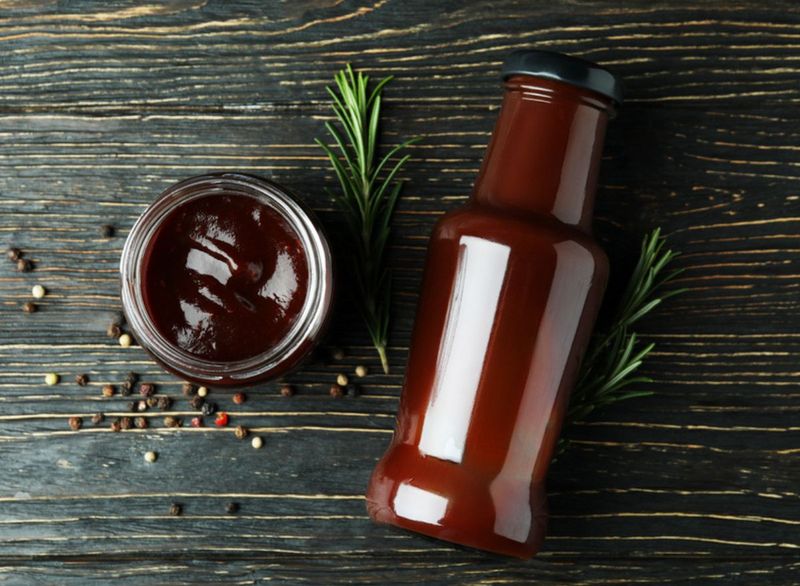
That thick, tangy BBQ sauce slathered over ribs or grilled chicken might seem like a small addition, but just two tablespoons can pack over 15 grams of sugar and 300mg of sodium.
These ingredients are often hidden behind marketing terms like “bold” or “hickory,” making it easy to overconsume without realizing it. The added sugar and salt contribute to blood pressure spikes and fluid retention.
Instead, make your own at home with tomato paste, vinegar, and a small amount of honey or maple syrup. You’ll get the same smoky flavor with far less cardiovascular risk.
19. Pizza
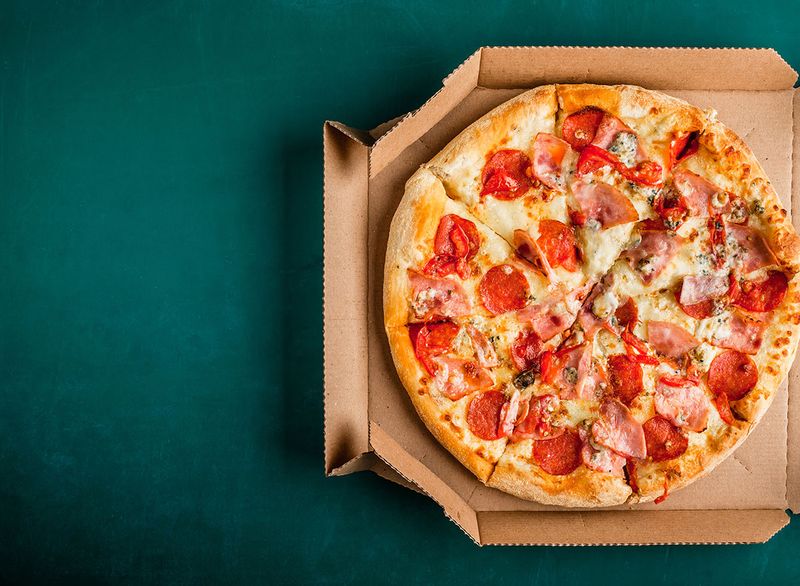
Few meals are more universally loved than pizza, but it’s a major offender for anyone with high blood pressure. A single slice often contains over 600mg of sodium—more if topped with pepperoni or sausage.
Between the salty cheese, refined crust, and processed meats, pizza layers multiple hypertension triggers in one convenient triangle. Add a soft drink on the side, and it’s a perfect storm for your heart.
If you’re craving it, make a homemade version with a whole wheat crust, reduced-fat cheese, and loads of vegetables. It’s all the flavor—minus the blood pressure hike.
20. White Bread
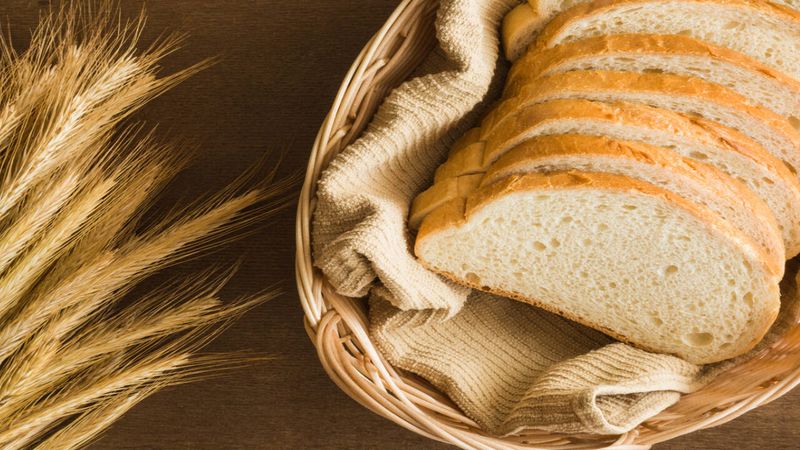
White bread may be soft and familiar, but it’s stripped of fiber and nutrients. Made from refined flour, it’s digested quickly, spiking blood sugar and insulin levels in the process.
These rapid changes in blood sugar can indirectly raise blood pressure over time. The lack of fiber also leaves you feeling hungrier sooner, which can lead to overeating and weight gain.
Choosing 100% whole grain or sprouted grain bread provides complex carbohydrates, fiber, and nutrients that support heart health. Be sure to read labels carefully—“wheat bread” isn’t always whole grain.
21. Coconut and Palm Oils
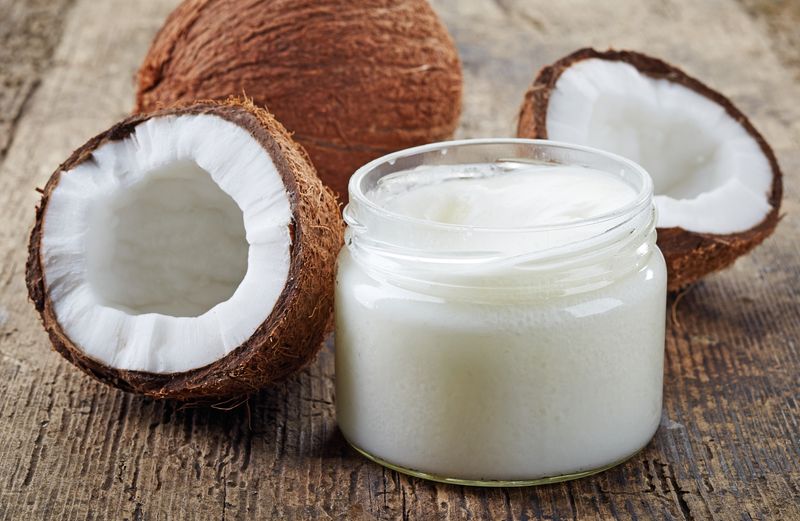
Often touted as “natural” or “wholesome,” coconut and palm oils are rich in saturated fats that negatively impact heart health. Just one tablespoon can deliver more saturated fat than most people should consume in an entire day. These fats raise LDL cholesterol, leading to hardened arteries and increased cardiovascular strain.
Unlike monounsaturated fats, saturated fats in tropical oils reduce arterial flexibility, which elevates blood pressure over time. When used regularly, they also contribute to systemic inflammation, compounding the risk for hypertension and heart disease.
Switching to olive, avocado, or flaxseed oil offers a smarter alternative. These heart-healthy oils contain beneficial compounds that promote better circulation and support long-term blood pressure control.
22. Energy Drinks
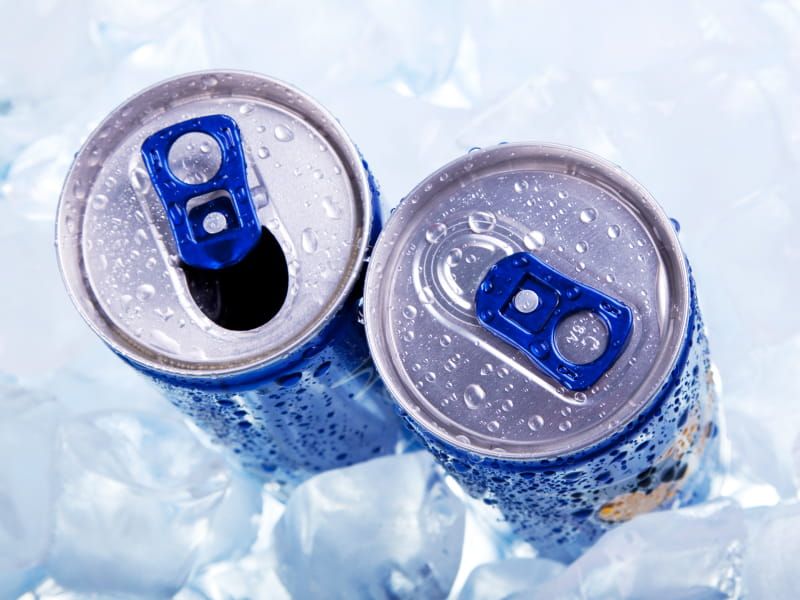
Branded as performance boosters, energy drinks often contain sky-high levels of caffeine, sugar, and synthetic stimulants. These ingredients create a rapid spike in blood pressure and heart rate, stressing the cardiovascular system. In sensitive individuals, they can even trigger arrhythmias or anxiety.
Caffeine overload stimulates adrenaline, while added sugars contribute to weight gain and insulin resistance—two major drivers of hypertension. Some cans hold the caffeine equivalent of four cups of coffee, amplifying the danger when consumed frequently.
For a gentler pick-me-up, opt for green tea, matcha, or lemon-infused water. These alternatives offer hydration and mild stimulation without putting your blood vessels at risk.
23. Packaged Sweets
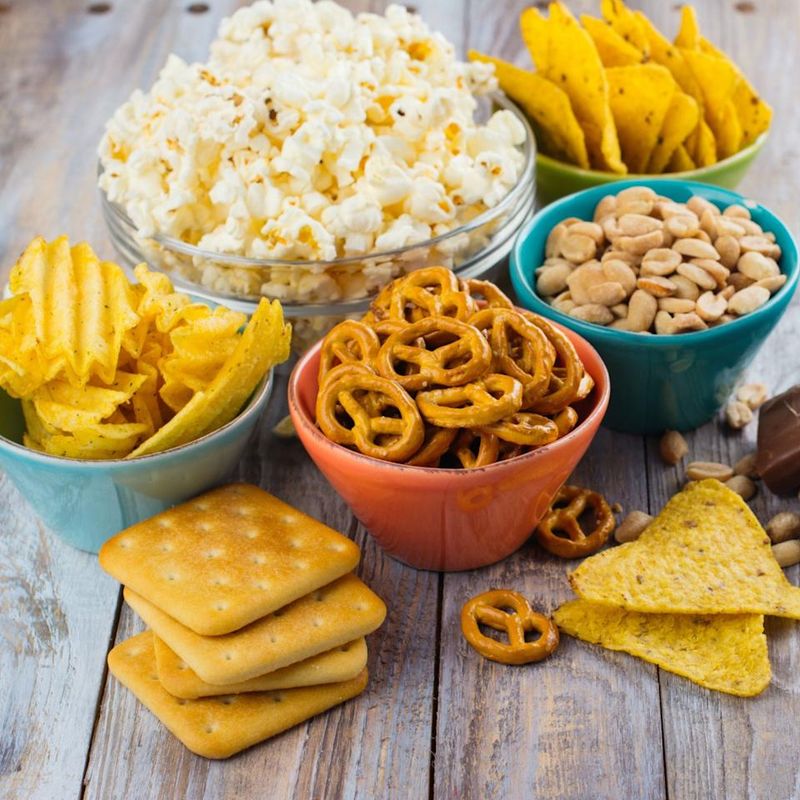
Wrapped pastries, snack cakes, and convenience cookies might save time, but they often contain a dangerous blend of added sugars, sodium, and trans fats. These ingredients are linked to weight gain, metabolic disruption, and rising blood pressure.
Many packaged sweets also include preservatives and artificial colors that may promote inflammation and vascular stress. Even seemingly small portions can deliver hundreds of empty calories and trigger sugar cravings.
Swapping these processed treats for homemade energy bites, fruit, or dark chocolate helps satisfy your sweet tooth without the cardiovascular risks tied to processed, shelf-stable desserts.
24. Instant Noodles
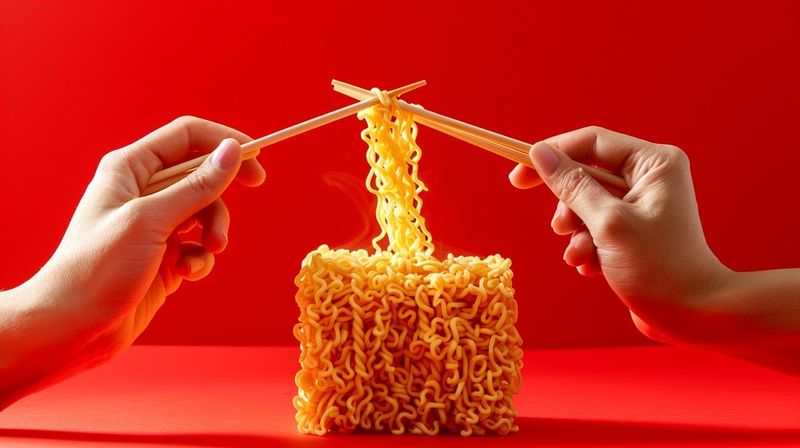
Quick and cheap, instant noodles are a pantry staple for many—but they come with a heavy sodium load. Some varieties contain over 1,200 milligrams of sodium per pack, exceeding half your daily allowance in one sitting.
Beyond the salty flavor packet, instant noodles are made from refined flour and often fried in unhealthy oils before packaging. This combo promotes inflammation, raises blood pressure, and increases cardiovascular risk.
For a healthier alternative, cook whole grain noodles with low-sodium broth and fresh vegetables. You’ll get the same comforting texture without the blood pressure spike.
25. Savory Sauces
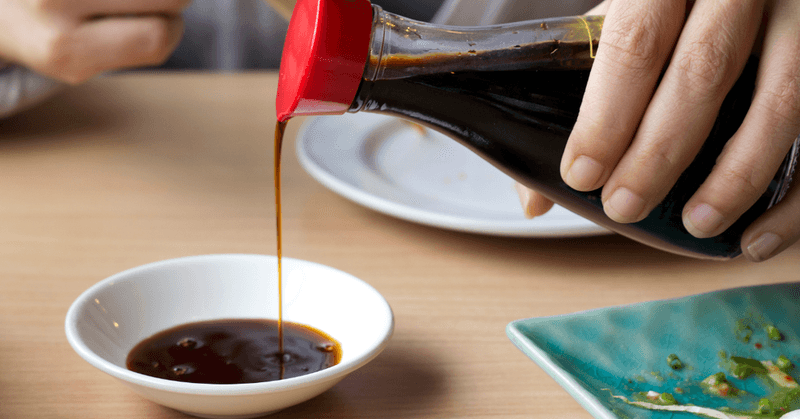
Savory sauces like soy, teriyaki, and hoisin are kitchen staples, but they’re often saturated with sodium and sugar. Just one tablespoon of soy sauce can contain nearly 900 milligrams of sodium.
These sauces sneak into stir-fries, marinades, and dips, adding excessive salt to meals that otherwise seem healthy. Regular use contributes to fluid retention, a key factor in high blood pressure.
Try low-sodium versions or make your own with reduced-salt soy sauce, garlic, ginger, and a splash of citrus. You’ll retain flavor without putting stress on your heart and arteries.
26. Creamy Condiments
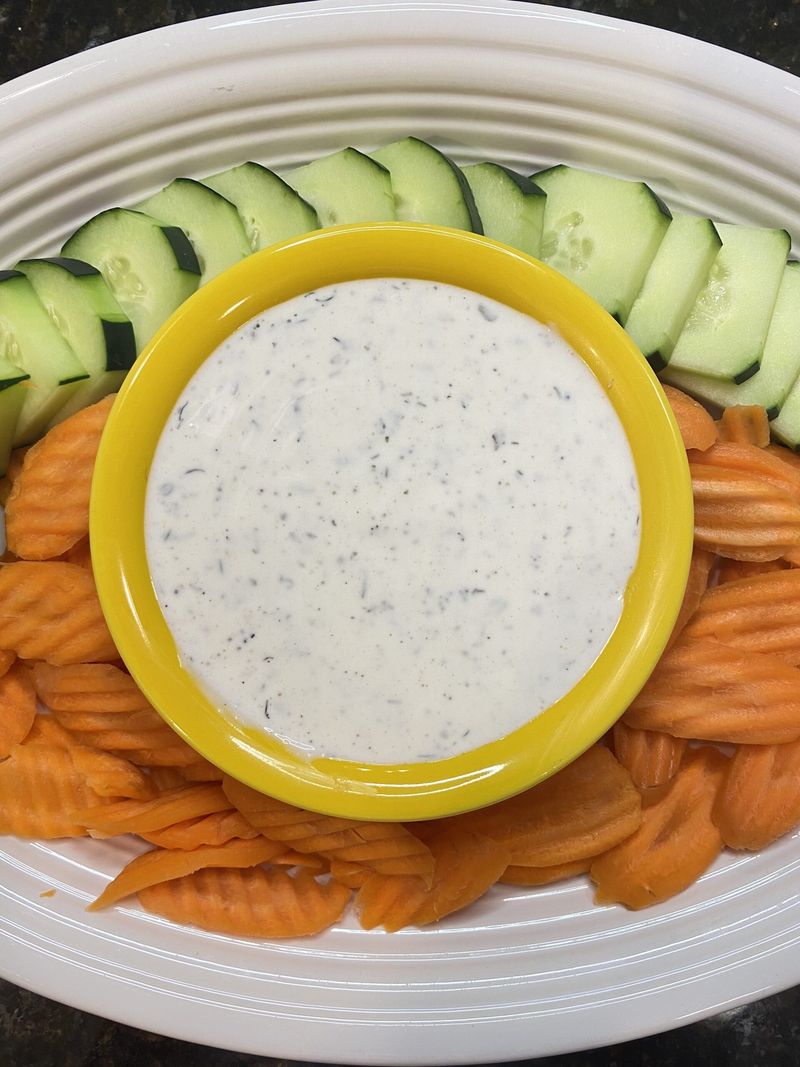
From ranch dressing to aioli, creamy condiments add flavor—but also hidden fat and sodium. Many contain mayonnaise or sour cream bases, both high in saturated fats that raise cholesterol and blood pressure.
Portions are easily underestimated, especially in restaurant meals or fast food. Two tablespoons of dressing can rival the sodium in a small bag of chips. When used regularly, they compound dietary risks quickly.
Opt for yogurt-based dressings or vinaigrettes made with olive oil and vinegar. These swaps give you tang and creaminess without harming your cardiovascular health.
27. Butter
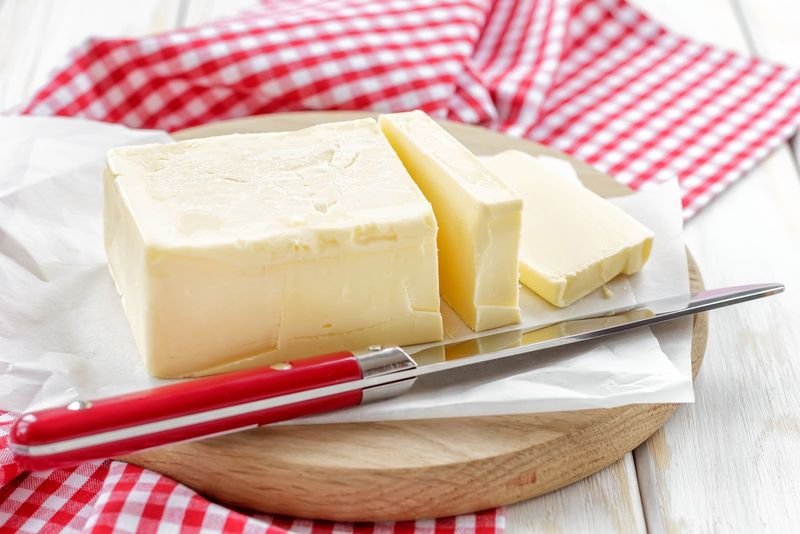
Though natural, butter is rich in saturated fat, which can raise LDL cholesterol and stiffen arteries. A daily pat here and there adds up quickly, especially when spread on toast or used in cooking.
This buildup leads to long-term changes in blood vessel function, increasing your risk of hypertension and heart disease. Butter is often hidden in baked goods, sauces, and restaurant dishes.
Healthier alternatives include mashed avocado, olive oil, or even nut butters for spreading. These options offer heart-friendly fats that help reduce inflammation and support normal blood pressure.
28. Store-Bought Pastries

That flaky turnover or fruit-filled danish at the supermarket may seem like a treat, but it’s often a heart hazard. Store-bought pastries are typically made with hydrogenated oils and artificial ingredients.
They also tend to be calorie-dense, sugar-heavy, and loaded with sodium—three strikes against blood pressure control. The trans fats used for flakiness can raise LDL and lower HDL, leading to stiff arteries.
Bake at home with whole grain flour, fruit, and healthier fats like olive oil or coconut oil (in moderation). You’ll get a satisfying result without the blood pressure pitfalls.
29. Ketchup

A quick squeeze of ketchup might seem like an innocent topping, but it hides more sugar and sodium than most people realize. Just one tablespoon contains about 200 milligrams of sodium and 4 grams of sugar, making it a double threat to your blood pressure.
When added to salty foods like fries or processed meats, it compounds your daily intake significantly. The sugar, meanwhile, contributes to inflammation and insulin resistance—both known contributors to hypertension. Small servings add up fast, especially in restaurant portions.
Opt for reduced-sodium varieties or make your own using tomato paste, vinegar, garlic, and spices. It’s a simple switch that spares your heart.
30. Deli Meats
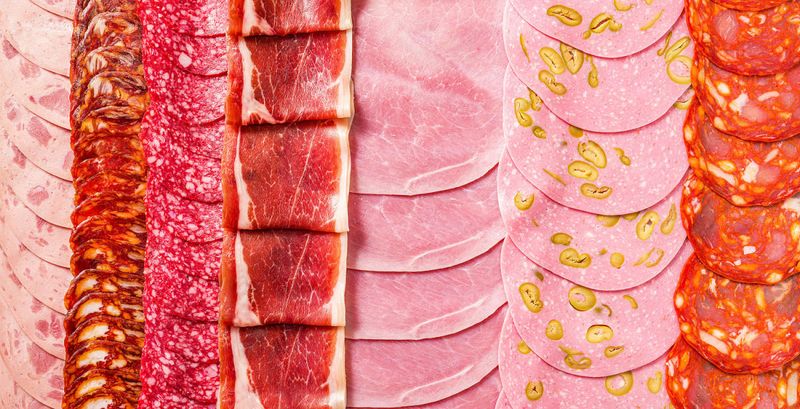
Sliced turkey, ham, and roast beef from the deli counter might seem like lean lunch options, but they’re usually preserved with salt, nitrates, and other additives. These compounds contribute directly to high blood pressure.
Even one serving of deli meat can contain up to 700 milligrams of sodium—without accounting for bread or condiments. Long-term consumption increases your risk of heart disease and stroke.
Switch to freshly cooked meats like grilled chicken or roasted vegetables. Not only are they lower in sodium, but they also provide better nutrition with fewer cardiovascular risks.
31. Ice Cream

Cold, creamy, and comforting, ice cream is a classic indulgence—but it’s loaded with sugar, sodium, and saturated fat. These ingredients can spike blood pressure, increase LDL cholesterol, and promote inflammation when eaten regularly.
Even low-fat versions often contain extra sugar or additives to enhance taste and texture, defeating the purpose of a healthier choice. Over time, habitual consumption can contribute to weight gain and higher cardiovascular risk.
Better dessert options include frozen yogurt, fruit sorbets, or banana-based “nice” creams. They satisfy sweet cravings while offering a lighter, heart-friendlier way to stay cool and treat yourself.
32. Flavored Rice Mixes

Packaged rice mixes may seem like a quick dinner solution, but most are loaded with sodium, preservatives, and artificial flavorings. A single serving can deliver over 500 milligrams of sodium, and many people eat more than one.
The seasoning packets also contain monosodium glutamate (MSG), which can trigger blood pressure spikes in sensitive individuals. Refined white rice offers little fiber, contributing to poor blood sugar control.
Make your own rice dishes with brown or wild rice, herbs, and fresh vegetables. You’ll retain convenience but lose the additives that put your heart at risk.
33. Pickles and Brined Vegetables
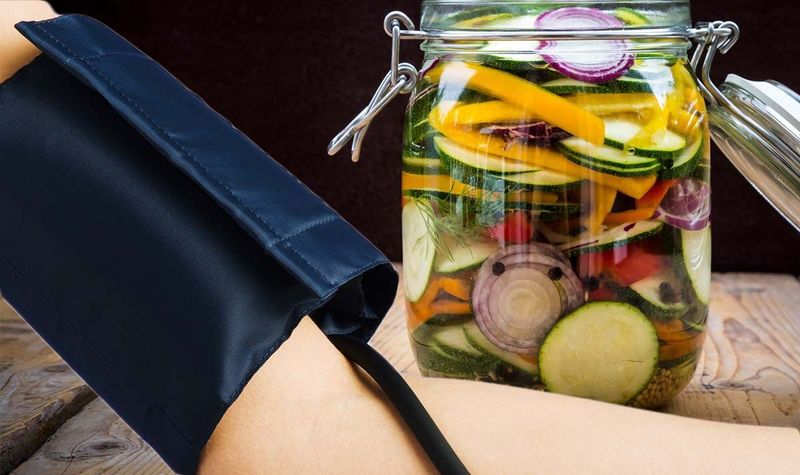
Though low in calories, pickles and other brined vegetables are extremely high in sodium. Just one dill pickle spear can have over 800 milligrams—about a third of your daily recommended intake.
Preserved in salt-heavy solutions, these crunchy sides are often consumed in multiples, quickly pushing you into dangerous territory. Sodium causes your body to retain fluid, raising blood volume and pressure.
For a healthier option, try fresh cucumber slices with a sprinkle of vinegar and herbs. You’ll enjoy a similar tang without the salt overload that endangers your heart.
Leave a comment